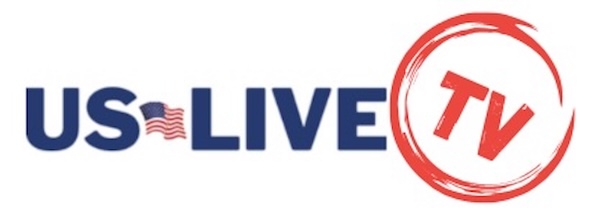The pandemic significantly changed the lifestyles of nearly everyone in the United States. As we transition into a post-pandemic world, some lifestyle trends have faded, while others have gained momentum. Mental health awareness and functional fitness are two trends that emerged during the pandemic, but many others are influenced by current cultural and social media dynamics. Below, we’ll explore five key trends that are set to shape American lifestyles in the coming months.
1. Americans are Cutting Back on Alcohol
While alcohol has long been a staple of American culture, a growing number of people are adopting a “damp” lifestyle—reducing or temporarily abstaining from alcohol. Known by terms like “sober curious,” “semi-dry January,” and “mindful drinking,” this trend involves actively questioning one’s relationship with alcohol and choosing to limit its consumption to improve mental well-being, find alternative ways to cope with stress, and be more present with friends and family.
A 2021 Gallup poll found that 60% of American adults drink alcohol, a 5% drop since 2019. Weekly drink averages are also down, comparable to levels seen in the late ’90s and early 2000s. According to Nielsen’s 2023 Consumer Outlook, spending on alcohol is projected to decrease by 14 points this year. The rise of this trend is also fueled by social media influencers and celebrities, with TikTok videos under the hashtag “sobertok” amassing over 1.1 billion views. Younger generations, especially Gen Z, are leading the charge, with many opting for non-alcoholic beverages.
2. The Rise of “Slow” Lifestyles
A slow lifestyle emphasizes mindfulness, intentionality, and reducing unnecessary busyness. Those embracing this trend are deliberate with their time, often minimizing the use of technology and prioritizing family or personal fulfillment over work. On social media, the “slowlife” hashtag has garnered millions of posts and views. This lifestyle counters the pressure of toxic productivity and societal expectations to be constantly busy, which have contributed to high burnout rates.
Slow living incorporates principles like meditation and minimalism, shifting focus from a life of constant activity to one of rest and presence. Elements of the Japanese concept of “ikigai”—living a purposeful life and finding joy in the everyday—are integral to this trend.
3. Continued Growth of Mental Health Apps Post-Pandemic
As mental health awareness grows, many Americans are turning to apps to support their well-being. The use of mental health apps surged during the pandemic, with current estimates suggesting there are between 10,000 to 20,000 such apps available, and downloads continue to increase. These apps often provide mental health education, goal setting, and mindfulness exercises.
Sanvello, for instance, is an app based on cognitive behavioral therapy principles, offering self-care resources and, in premium versions, coaching and therapy. Unlike many other mental health apps, Sanvello has demonstrated effectiveness in reducing symptoms of anxiety and depression. The market for mental health apps is projected to grow significantly, reaching $17.5 billion by 2030.
4. The Rise of Functional Beverages
As Americans strive to eat healthier, many are turning to functional beverages for nutritional boosts. Although not the most cost-effective option, these drinks are convenient and offer specific health benefits, such as supporting metabolism, immune function, or stress relief. The functional beverage market, valued at $120 billion, is seeing rapid growth, particularly in dairy alternatives, energy drinks, and functional carbonates.
Brands like OCA, which offers a plant-based energy drink powered by cassava root extract, and Clevr Blends, which provides superfood lattes with ingredients like probiotics, reishi, and ashwagandha, are tapping into this trend. These drinks are gaining traction, driven by both consumer demand and influencer endorsements, such as Meghan Markle’s promotion of Clevr Blends.
5. Primal Fitness Gains Popularity
Primal fitness, which emphasizes natural movements like lifting, carrying, and squatting, is emerging as a popular fitness trend. This approach encourages exercising in ways that align with how humans have moved for thousands of years, in contrast to modern, tech-driven workouts. Pinterest reports that searches for primal fitness are up 120%, with related terms like “mobility stretches” and “neck hump exercises” also seeing significant increases.
Primal fitness promotes overall health and longevity rather than just weight loss, and its simplicity makes it accessible to a wide audience, including older adults who can benefit from improved strength, mobility, and balance. Influencers like Joe Holder are championing this trend through platforms like Instagram, where he shares accessible exercises designed to integrate movement into daily life.
Conclusion
These five trends reflect a growing desire among Americans to live healthier, more balanced lives, whether through adjusting dietary habits, prioritizing mental health, or adopting new fitness routines. As social media, apps, and cultural influences continue to evolve, these lifestyle trends are expected to play an increasingly prominent role in shaping the choices Americans make in the months and years ahead.




